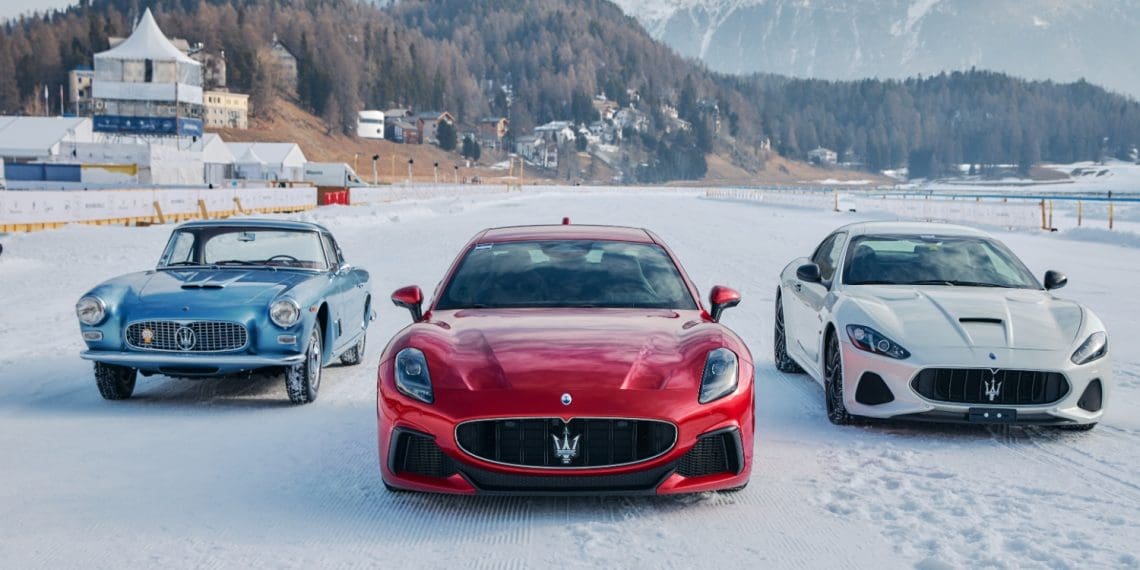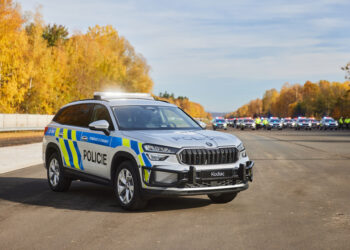The GranTurismo is one of Maserati’s hallmarks, and the car that best represents the essence of the Trident brand.
The GranTurismo concept, born in 1947 under the name A6 1500, showed the world that a car could combine speed, comfort, luxury, and elegance, something that seemed impossible before. It also embodied the brand’s traditional values, with its racing genes, avant-garde technical solutions, and irresistible beauty.
Since then, and up to the present day, the Maserati GranTurismo concept has managed to remain true to its essence and adapt to its time, representing the lifestyle of each era. From the A6 1500 to the Granturismo Folgore, the latest, exciting, and innovative electric model in this emblematic saga, Maserati cars with Gran Turismo soul have shown an incredible evolution over almost eight decades.
1. A6 1500 (1947): the first Gran Turismo in history
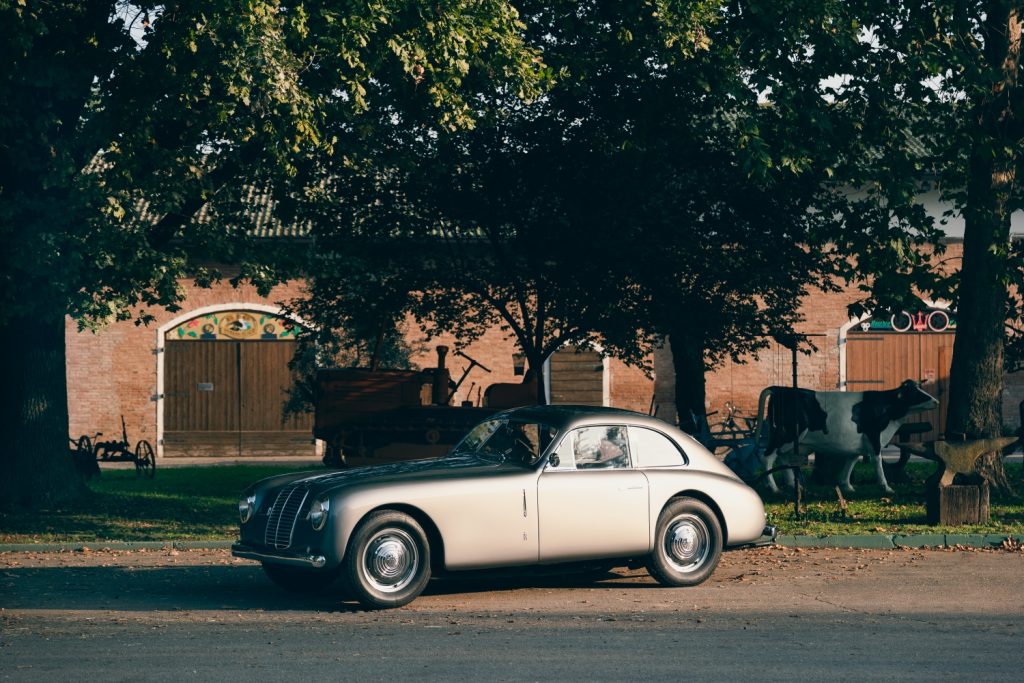
It was at the 1947 Geneva Motor Show that Maserati introduced its first road car: the A6 1500. The new model featured the racing engine from the 1500 6CM (1.5 liters and 65 hp) in a new tubular chassis, wrapped in a body designed by Battista Pinin Farina. But truly revolutionary was its concept. The A6 1500 was the “total car”: fast, sporty, comfortable, and elegant; the only car in the world with which one could take a long trip, attend a grand premiere, and devour the curves of a mountain road. And so the first GranTurismo was born, and a legendary saga of the Trident House.
Production of the A6 1500 Gran Turismo continued until 1950, with slight style changes and the adoption of rear seats. In total, only 58 units were produced in four years. Until then, the Trident had only produced racing cars, and the A6 1500 symbolized the birth of a new Maserati as a manufacturer of sports road cars.
2. Maserati 3500 GT (1957): the brilliant formula, produced in series
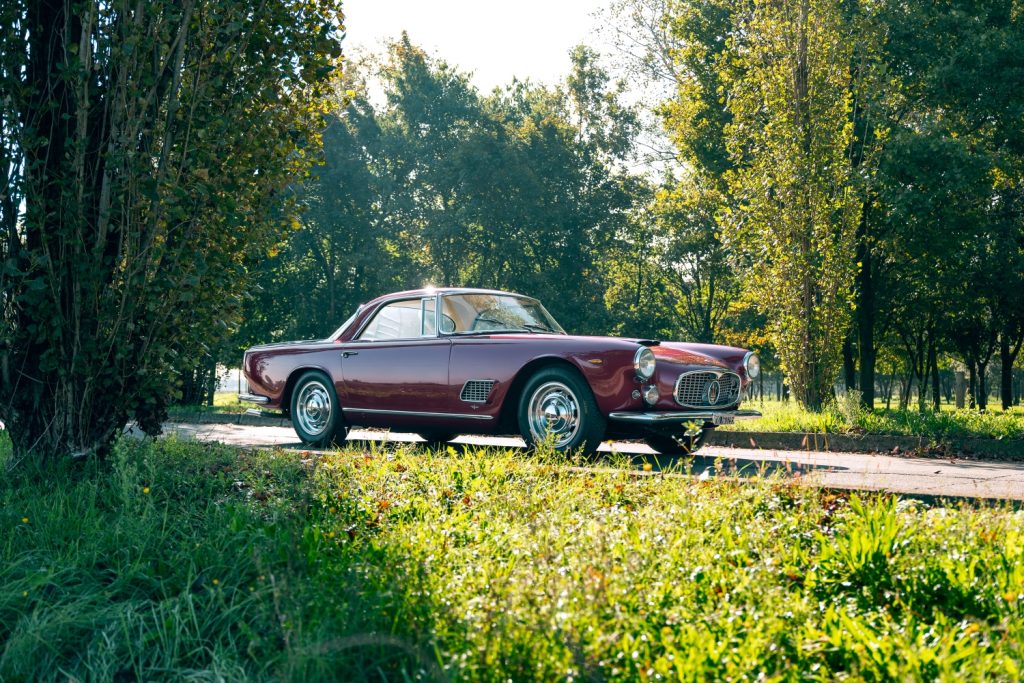
The 3500 GT expanded the GranTurismo concept, and Maserati demonstrated that their idea could be scaled up and produced in large series, with a total production of over 2200 units. Giulio Alfieri, chief engineer, conceived a car whose shapes transcended time and became an icon of style and elegance.
The magical formula incorporated the usual ingredients: a mechanical base born in competition (a 3.5-liter inline-six with 220 hp), cutting-edge technical solutions, and a design that captivated at first sight. The “Dama Bianca,” the prototype presented at the 1957 Geneva Motor Show, bodied by Carrozzeria Touring, was chosen for production; but the 3500 GT was also dressed by other bodybuilders.
In 1959, the Spyder version was presented, by Carrozzeria Vignale; and in 1960, the 3500 GTi, the first Italian production car with fuel injection. In 1962, the 3500 GTi “S” (named after the Sebring circuit in Florida, where the Maserati 450S achieved important victories) received a 2+2 body designed by Michelotti.
3. 5000 GT (1959): a Gran Turismo for kings

The Maserati 5000 GT is one of the most exclusive cars of all time. With its design, high performance (with a 325 hp V8 engine and a top speed of 260 km/h), and limited production (only 34 units were made), it had a unique aura that made it a desired object coveted by personalities from around the world.
This model was born from a specific order from the Shah of Persia, Reza Pahlavi, a great car enthusiast. Presented at the 1959 Turin Motor Show, only three units of this special version were produced.
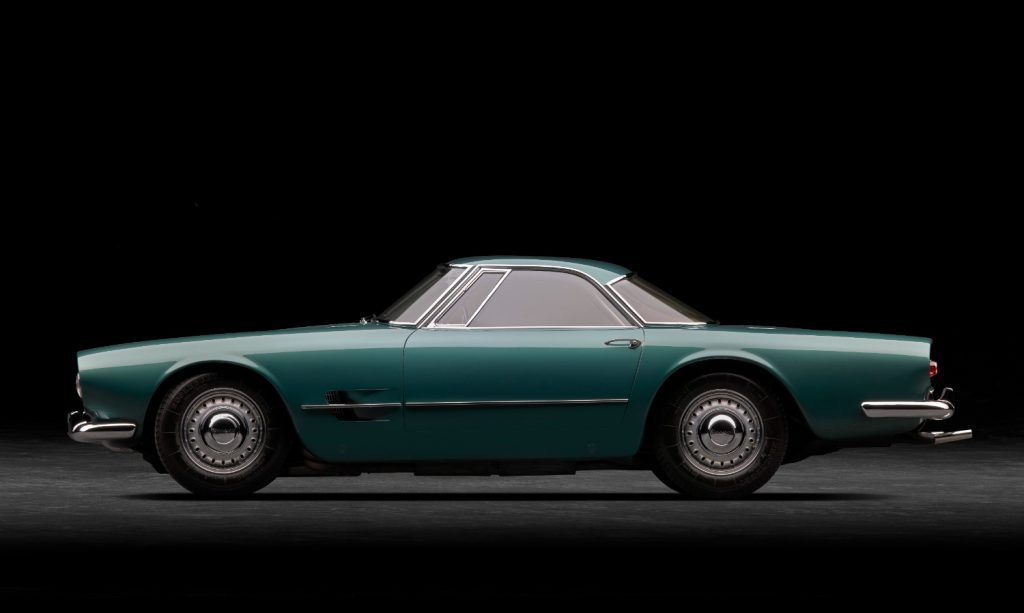
Its tremendous success led to the production of several cars for prestigious clients, including Prince Karim Aga Khan (with Carrozzeria Frua bodywork), Fiat director Gianni Agnelli (Carrozzeria Pininfarina), industrialist Ferdinando Innocenti (Carrozzeria Ghia), movie star Stewart Granger, and Mexican President Adolfo López Mateos (both with Carrozzeria Allemano).
4. Mistral (1963): the tradition of wind names begins
The Mistral was the first Maserati to be named after a wind, inaugurating a tradition that continues to this day with the Ghibli and Levante, and has also included the Bora, Khamsin, Karif, and Shamal. It was also the last car from the Trident House to be powered by the legendary inline-six engine from the Maserati 350 S (with a power output of 235 hp).
The Mistral was presented at the 1963 Turin Motor Show, and featured a body designed by Pietro Frua, with a steel core and aluminum doors, hood, and rear window frame.
5. Ghibli (1966): a timeless design by Giugiaro
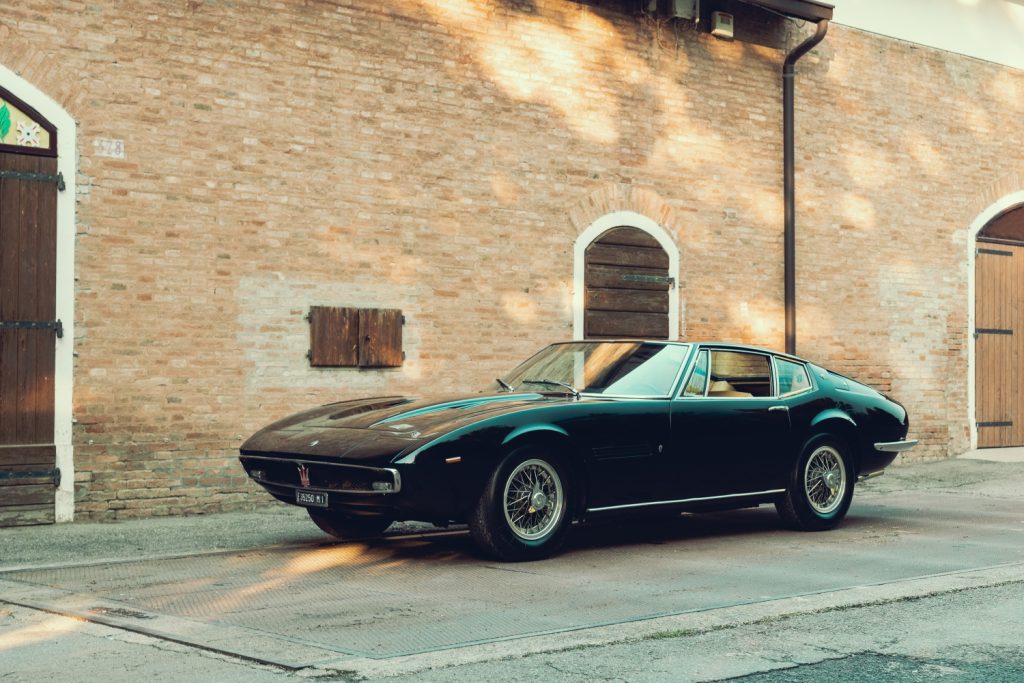
The Ghibli represented a new direction in terms of style for Maserati. Designed by a young Giorgetto Giugiaro, the Ghibli’s body featured a distinctive front section with retractable headlights and a slim grille.
Its production began in 1967 and ended in 1972, with a total of 1204 coupes and 128 Spyders (from 1969) manufactured. One of them was acquired by Henry Ford (grandson of the founder), who placed it in the atrium of the Ford Product Development Center in Detroit as an example and source of inspiration.

Originally designed as a two-seater car, despite measuring over 4.5 meters in length, the production versions had a 2+2 configuration. To accommodate the 330 hp V8 Trident engine under the stylish hood, it was equipped with a dry sump lubrication system originating from competition.
6. Khamsin (1972): the first production Maserati by Bertone
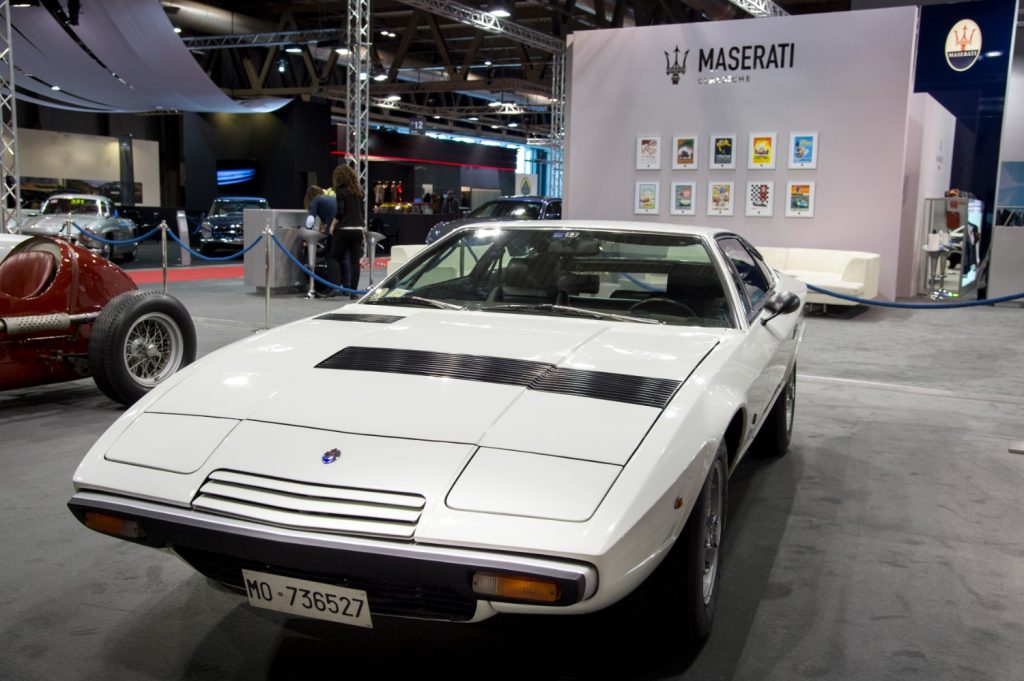
This emblematic model was Giulio Alfieri’s last work as head of Maserati’s engineering department, and also the first mass-produced car from the brand designed by Bertone, under the masterful direction of Marcello Gandini, whose wedge-shaped design and innovative details never go unnoticed. Between 1974 and 1982, 438 units were produced.
The Khamsin introduced new technologies to the GranTurismo saga, such as the hydraulic system for steering (with variable assistance), brakes, clutch, and retractable headlights. Thanks to its 320 hp, it was capable of reaching 270 km/h.
7. Shamal (1990): the concept of GT, from a different starting point
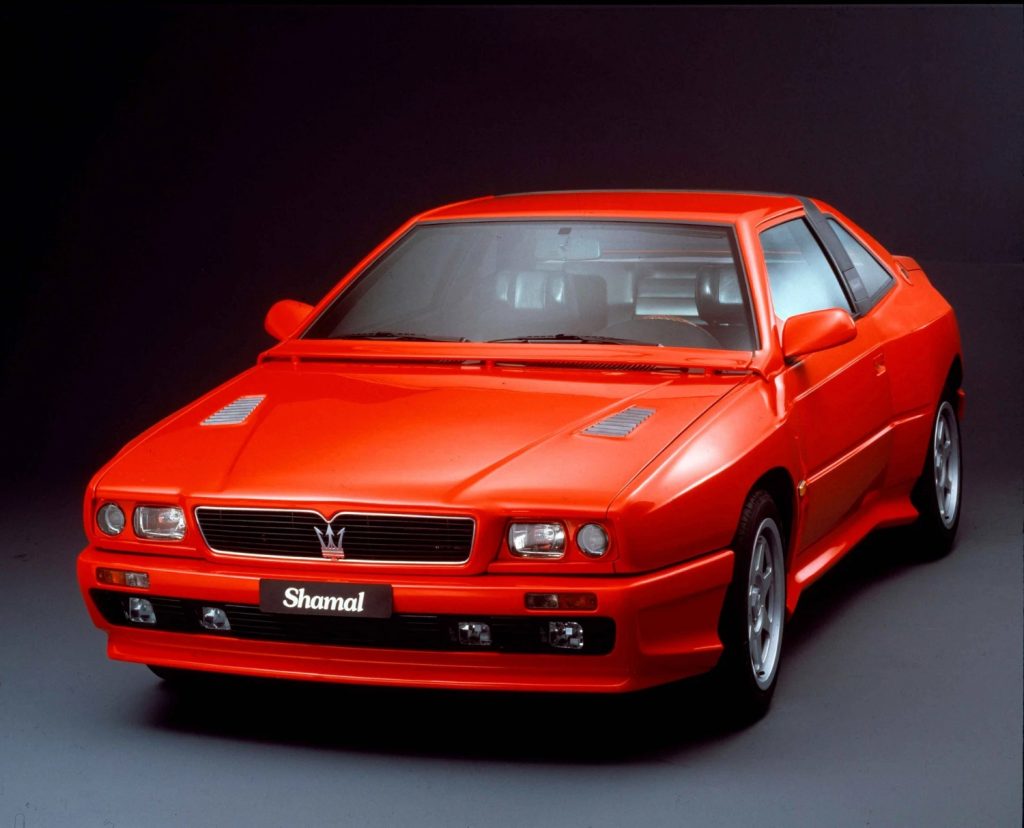
Starting from the base of a high-production coupe, Maserati carried out a profound work to create a model that, over the years, became a cult car.
Radical and wild, the Shamal was based on the short chassis of the Karif, with the addition of two small rear seats. The Shamal was born to crown the range of Biturbo coupes with a newly developed 326 hp V8 biturbo engine, which propelled it up to 270 km/h. The body design, by Marcello Gandini, was completely new: muscular, aggressive, and with unmistakable rear fenders.
8. 3200 GT (1998): the rebirth
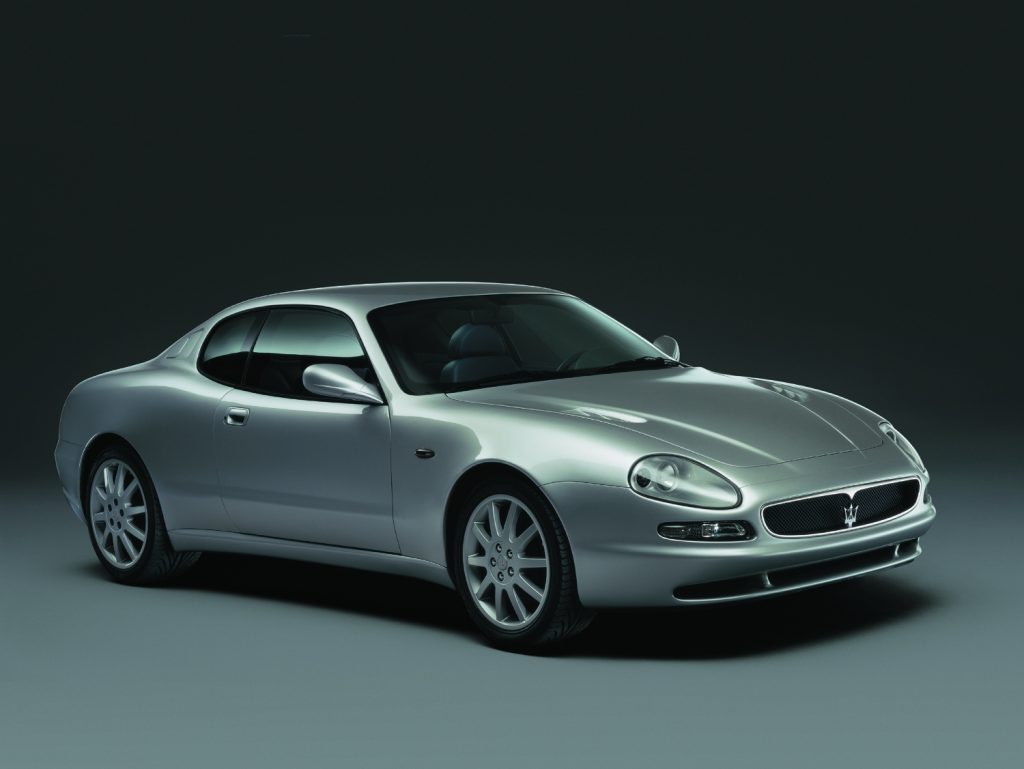
This model represents a return to the origins and the starting point for the worldwide rebirth of the Trident brand. Its rear taillights were the first to use LED technology in a production car. The interior, designed at the Lancia Stile Center, represented another leap towards modernity. Its 3.2-liter V8 biturbo engine provided 370 hp.
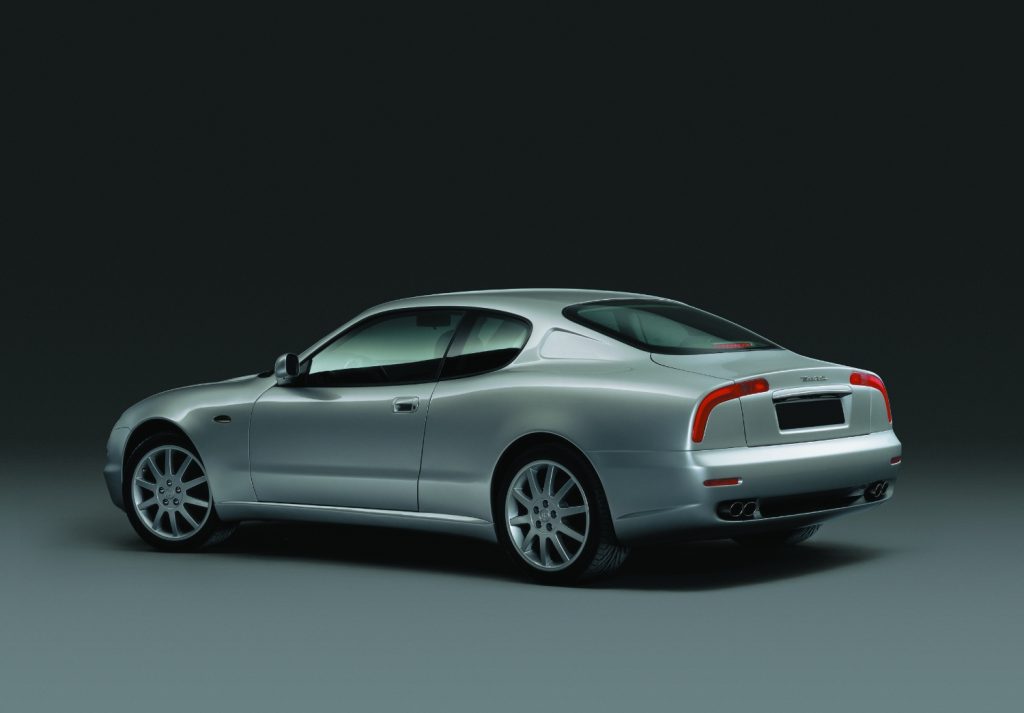
The 3200 GT was a completely new car, which distilled the essence of Maserati from every pore, and became a classic from the moment it was born.
9. GranTurismo (2007): A new strain is born

Sixty years after the invention of the GranTurismo concept, the collaboration between Maserati and Pininfarina gave rise to another ingenious car, capable of generating emotions and standing out from its competitors, thanks to its technology, style, and unmistakable character.
The new Gran Turismo once again condensed the essence of the original concept, in a car to be enjoyed daily, built with special attention to comfort, with a spacious and luxurious interior. As always, it was also a high-performance and exciting sports car to drive, with a powerful engine and almost neutral weight distribution.
10. GranTurismo Folgore (2023): It had to be the first
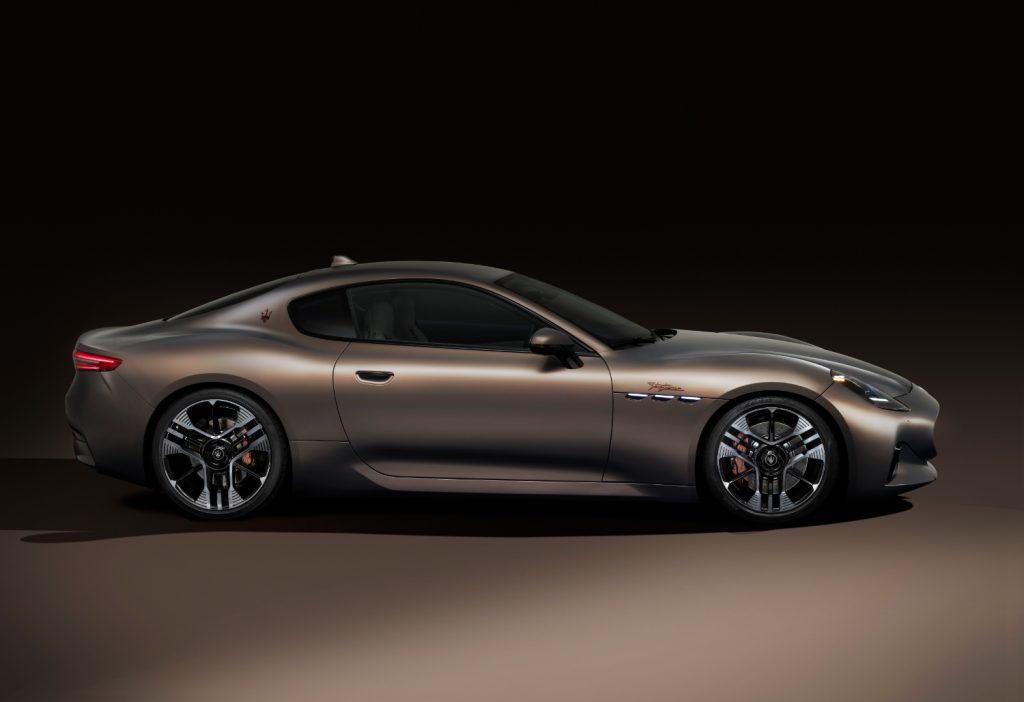
The first Maserati Folgore, and the first electric car in the history of the Trident brand, could only be the GranTurismo. Just as the 1600 did in its time, the new GranTurismo Folgore solves a complex equation, and shows the world that an electric car can proudly bear the Trident emblem.

As always at Maserati, the GranTurismo Folgore brings to the road solutions derived from competition, such as the electric motors with silicon carbide inverters, derived from Formula E. In addition, it incorporates cutting-edge technical solutions, such as the 800 Volt architecture, the innovative ‘T-bone’ battery arrangement, and the energy recovery system. The GranTurismo Folgore delivers a power of 761 hp and has supercar performance: it reaches 0-100 km/h in just 2.7 seconds and achieves a top speed of 325 km/h.

